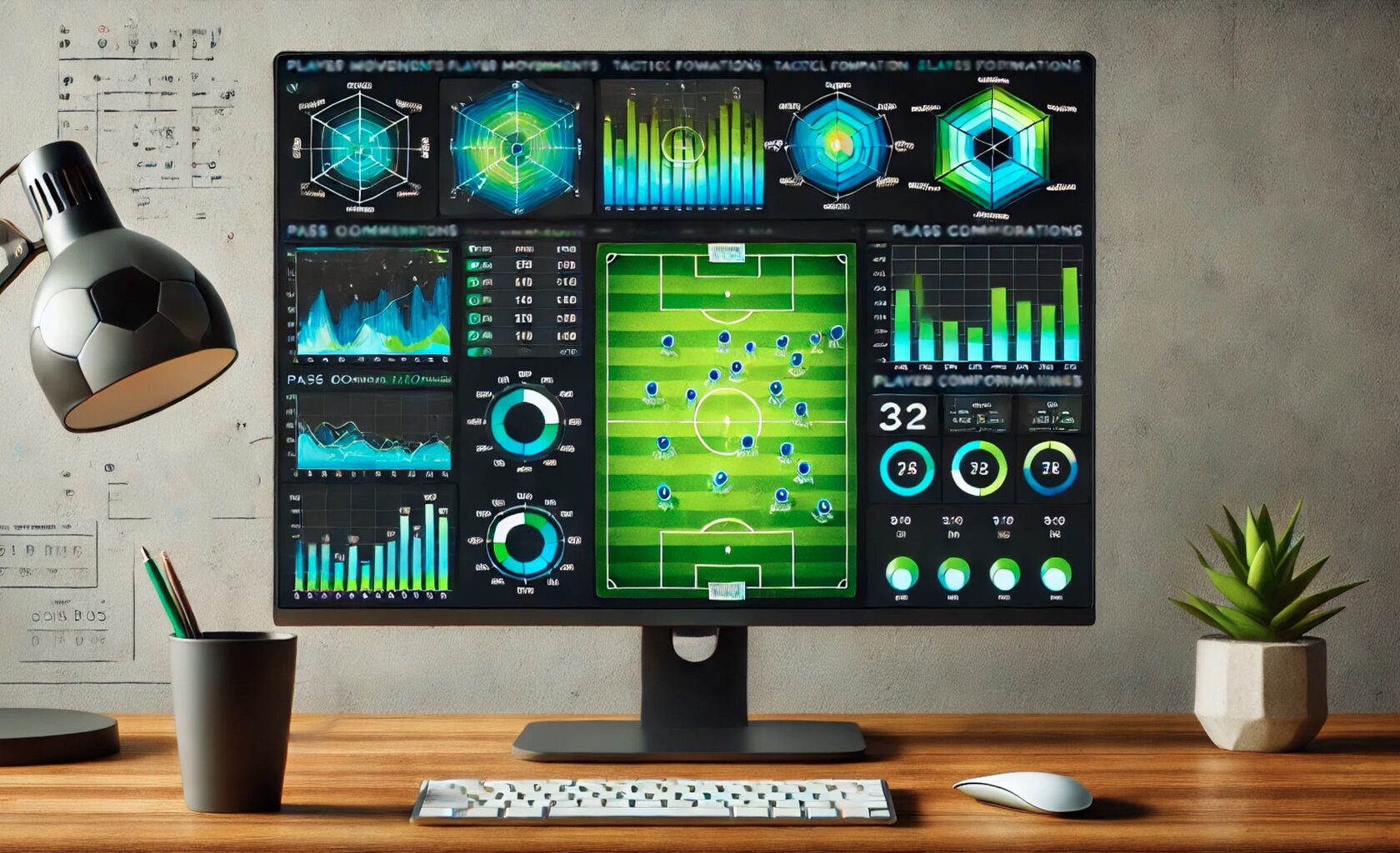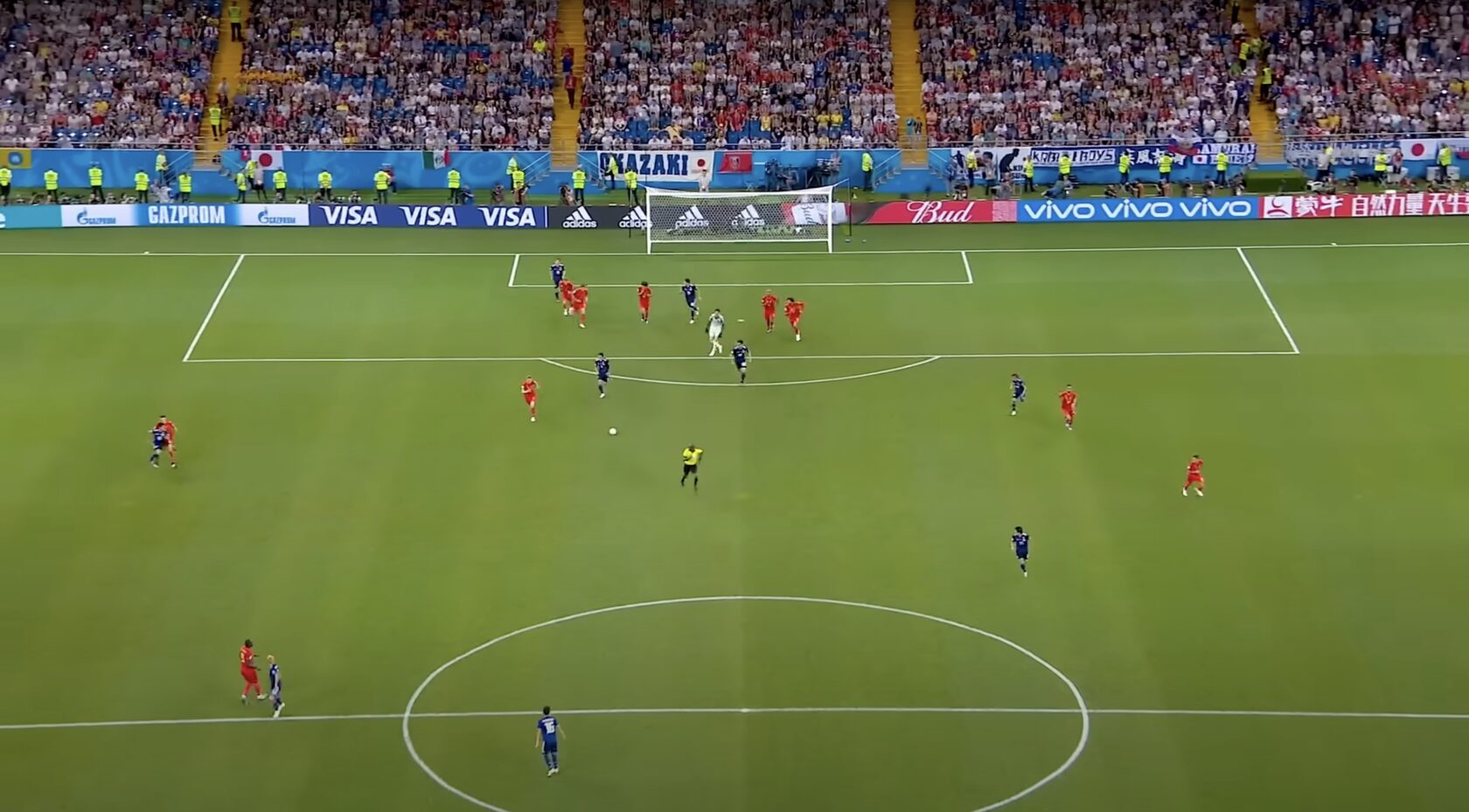Football is an extremely unpredictable sport; however, there are ways in which novices can drastically enhance their bet forecasting ability. Because there is no such thing as a 100% guaranteed prediction, and yet the guesses you make are only as good as the information you have, knowing how to use data, analytics, and strategic thinking will make your guesses that much better.
Today we will be focusing on the best methods of predicting football results, from statistics to bookmaker odds, from motivation to expert insights and even hunches! And if you’re looking for an edge in betting, try anl.pro – a platform featuring expert predictions, detailed statistics and analytics, and all the insights you need to begin profiting on sports forecasting.
Today we will be focusing on the best methods of predicting football results, from statistics to bookmaker odds, from motivation to expert insights and even hunches! And if you’re looking for an edge in betting, try anl.pro – a platform featuring expert predictions, detailed statistics and analytics, and all the insights you need to begin profiting on sports forecasting.

Step 1: Understanding Key Football Statistics
Team Form & Recent Performance
Analyzing recent team form is one of the most fundamental aspects of predicting the outcome of matches. Check the last 5-10 matches:
- Win/loss streaks – Is the team on a winning spree, or struggling to score?
- Goal difference – Are they winning comfortably or just scraping by?
- Level of opposition – Were recent victories against weak teams or strong competitors?
- Rest days & fatigue – Teams with shorter recovery periods might perform worse.
Home & Away Performance
Some teams are far stronger on their home ground thanks to the familiarity of the stadium and the backing of the crowd. Others can’t work at home, especially if they travel long distances. Check home vs. away records and then predict
Head-to-Head (H2H) Stats
Some teams simply play better against some foes, even if they’re the underdog. Look at the historical results for the two teams to see if a pattern emerges.
Advanced Metrics (xG and xGA)
Expected Goals (xG) and Expected Goals Against (xGA) for instance help us understand a bit more of how a team is really doing outside of final scores. Teams that have high xG but low goals scored may be struggling to convert. Conversely, if a team has conceded fewer goals than their xGA predicts, their goalkeeper or defense may well be over-performing.
Step 2: Reading Bookmaker Odds & Market Movements
Statisticians, experts and betting trends inform bookmakers who set their odds. The odds also reflect implied probability, meaning that lower odds indicate a higher chance of winning (but lower payouts).
Example:
- Odds of 2.00 = 50% implied probability
- Odds of 1.50 = 66.7% probability
- Odds of 3.00 = 33.3% probability
But odds also factor in the bookmaker’s margin, so actual probabilities are a bit lower than what the odds imply. It allows you to compare the odds offered by different bookies, which will help you spot value bets.
Market Shifts: What Does It Mean?
If a team’s odds suddenly drop, it might indicate:
- Key injury news or lineup changes
- Sharp bettors placing large bets (indicating insider confidence)
- General public betting heavily on one outcome (which could be misleading)
If odds increase unexpectedly, it might mean:
- The team is less likely to win than originally expected
- Unfavorable weather conditions or other external factors
Smart bettors monitor these shifts and react accordingly.

Step 3: Assessing Motivation & Psychological Factors
Even the best teams underperform when they lack motivation. Consider:
- Tournament Stage – Is it a crucial game (e.g., title decider, relegation battle)? Or a mid-season match with nothing at stake?
- Upcoming Fixtures – A team might rest key players if they have a more important game in a few days.
- Derbies & Rivalries – Matches between historical rivals often bring unexpected results.
- Coach & Team Atmosphere – Internal conflicts, managerial changes, or negative locker room vibes can impact team performance.
Step 4: Using Expert Predictions & AI Models
There are many resources offering football predictions from websites and analysts, but do they deserve your trust? The best one is to compare your own analysis with the ones shared by experts. If most professional analysts are behind your prediction, chances are you’re on the right track.
AI & Statistical Models
Machine-learning algorithms powered by artificial intelligence are becoming increasingly adept at predicting outcomes, but they’re not infallible. They are based on historical data but cannot anticipate every variable, such as injuries, motivation and weather. Rely on AI insights as an addition not a substitute to your own analysis.
Finally, anl.pro provides in-depth predictions, statistical analyses and educational materials to sharpen your betting plan.
Step 5: Intuition – Can You Trust Your Gut Feeling?
Some bettors simply follow their gut in match outcome predictions. And while experience can sharpen a sense of instinct about a game, instinct without experience is a poor guide. Its best application is as a supplement to hard data. If you are confident you can find stats, motivation, or whether the market has moved one way or another and it validates your position, go with it.

Final Thoughts: How to Keep Improving
- Track your predictions – Write down your forecasts and compare them with actual results. Learn from mistakes.
- Stay updated – Follow football news, injuries, lineup changes, and expert insights.
- Use multiple sources – Cross-check different statistical platforms, betting odds, and expert opinions.
- Avoid emotional betting – Never bet based on team loyalty or gut feeling alone.
- Manage your bankroll wisely – Set limits and never bet more than you can afford to lose.
Start Making Profitable Predictions!
Predicting the outcome of a football match is a skill that develops over time. If making this switch to betting or just doing it for fun, bet knowledge is key. For something even deeper, take a look at ANL. pro to find trusted analytics and AI operations that help you make smarter bets and improve your probability.
The more data you get, the more things you predict. Good luck — and may your prophecy be correct!
The more data you get, the more things you predict. Good luck — and may your prophecy be correct!